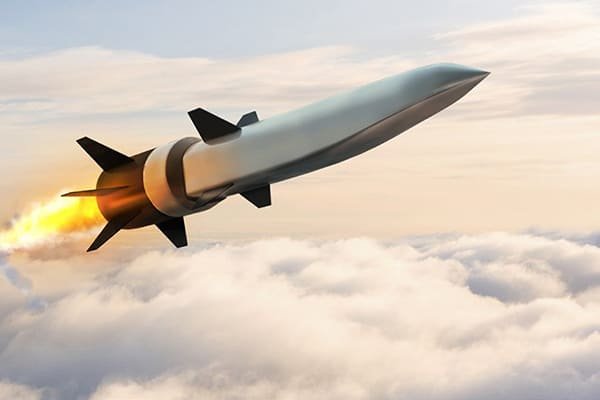New Delhi: The Defence Research and Development Organisation (DRDO) of India is intensifying its focus on developing advanced hypersonic missile systems to maintain a strategic edge against evolving air threats.
DRDO Chairman Samir V. Kamat has emphasised the need for faster, stealthier, and more agile missiles, particularly hypersonic weapons, to counter increasingly sophisticated air defence technologies.
This was highlighted during a one-day workshop at the Defence Research and Development Laboratory (DRDL) in Hyderabad, where Kamat lauded the role of several DRDO missile systems such as Akash, BRAHMOS, MRSAM, and ULPGM in recent military operations and called for accelerating their induction following user trials.
DRDO’s hypersonic programme is ambitious, involving the development of around a dozen variants, including long-range hypersonic glide vehicles (HGVs), anti-hypersonic interceptors, and hypersonic cruise missiles powered by scramjet engines.
Notably, the Long-Range Anti-Ship Missile (LRAShM), tested successfully in November 2024, flies at speeds up to Mach 10 (around 12,144 km/h) and is designed to neutralise high-value naval targets like aircraft carriers with high precision and rapid response.
This missile’s capabilities allow strike in under eight minutes at ranges exceeding 1,500 kilometres, combining ballistic missile speed with the unpredictable flight path of a cruise missile, making it extremely difficult to track or intercept.
DRDO’s technological breakthroughs include the successful ground testing of an active-cooled scramjet combustor in early 2025, enabling sustained supersonic combustion critical for hypersonic cruise missile propulsion. Advanced materials resistant to extreme thermal stresses at hypersonic speeds have been developed, alongside indigenous guidance systems integrating NavIC satellite navigation with inertial navigation systems for precision targeting without reliance on foreign GPS networks.
The DRDO missile complex in Hyderabad, where these systems are designed and developed, is well-equipped to handle diverse missile projects ranging from underwater to outer space strike capabilities.
Former DRDO chiefs and renowned scientists have stressed collaborative innovation with strategic surprises to secure future conflict success. The hypersonic wind tunnel facility at Hyderabad, capable of simulating Mach 5 to 12 speeds, supports rigorous aerodynamic testing crucial for system maturation.
These efforts underscore DRDO’s commitment to enhancing India’s strategic deterrence, with hypersonic weapons providing a critical advantage due to their speed, manoeuvrability, and low-altitude flight profile—features that render conventional air defence systems less effective.
The technology also supports multi-domain operational capabilities, including land, sea, and air platforms, positioning India among a select group of nations with advanced hypersonic capabilities likely to be fully operational within the next few years.
DRDO is actively pushing the hypersonic edge to counter emerging advanced air threats by developing cutting-edge missiles that are faster, stealthier, and highly manoeuvrable. These developments, coupled with successful operational tests and ongoing user trials, indicate a significant enhancement in India’s missile defence and offensive strike capabilities, with hypersonic systems playing a pivotal role in future strategic operations.






